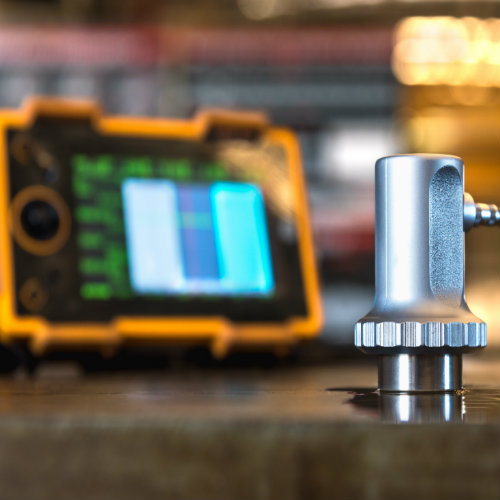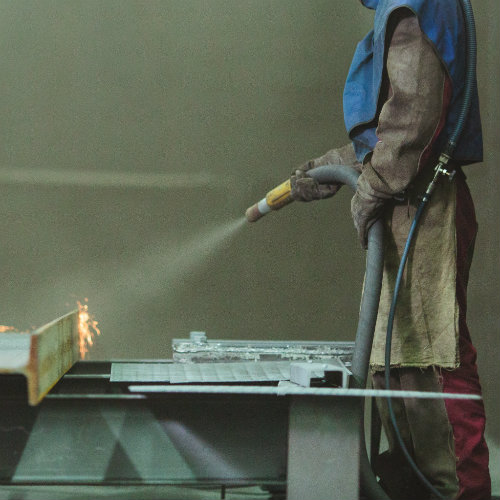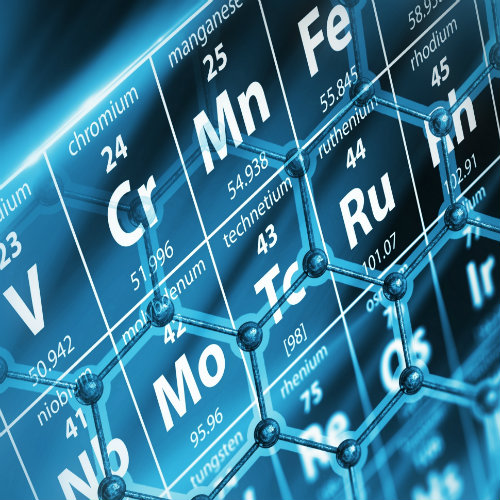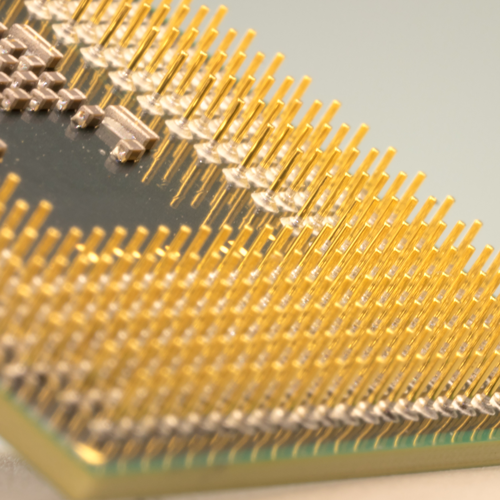Nital Etch
What Is Nital Etch?
Nital etch is a non-destructive testing process that uses a chemical solution, typically composed of nitric acid and ethanol, to reveal the microstructure of ferrous alloys. When applied to a polished metal surface, this etchant interacts with the material, highlighting any structural inconsistencies, stress points, or flaws.
The Nital Etch Process: A Step-By-Step Guide
Step1: Preparation Of The Nital Solution
Nital etching begins with the careful preparation of the nital solution. This solution is a critical blend of nitric acid and alcohol, typically ethanol or methanol. The concentration of nitric acid is crucial and varies based on the metal’s properties and the desired depth of etching. Precision in this step is key, as the acid concentration determines the etching aggressiveness and the clarity of the microstructure revealed.
Step 2: Cleaning The Metal Surface
Before the etching can begin, it’s imperative to prepare the metal surface. This involves meticulously cleaning the metal to remove any contaminants like grease, oil, or existing oxides. This step is vital for ensuring that the nital solution interacts directly with the metal, allowing accurate and uniform etching. Any residue left on the metal surface can lead to uneven etching, potentially obscuring critical details of the metal’s microstructure.
Step 3: Application Of The Nital Solution
Once the metal surface is prepared, the nital solution is applied. The method of application varies. It can be gently swabbed on, immersed in a bath of the solution, or sprayed, depending on the size and complexity of the metal part. The solution interacts chemically with the metal, etching away a thin layer of the surface. The time of application is carefully monitored. If it’s too short, the etch may be insufficient. If it’s too long, it can obscure the metal’s microstructure.
Step 4: Observation And Inspection
After the etching process, the real analysis begins. The treated metal surface is carefully examined, often under magnification, to observe the revealed microstructure. This inspection is crucial for identifying any structural anomalies, defects, or signs of metal fatigue. The clarity and detail revealed by nital etching make it invaluable for quality control, allowing the detection of issues that might otherwise go unnoticed.
Step 5: Post-Etching Processes
The final step involves neutralizing and cleaning the metal surface. This is done to halt the etching process and remove any residual solution. The metal is then dried and, if necessary, prepared for additional processing. This post-etching treatment is crucial for preserving the integrity of the etched surface and ensuring that the metal is ready for further use or analysis.
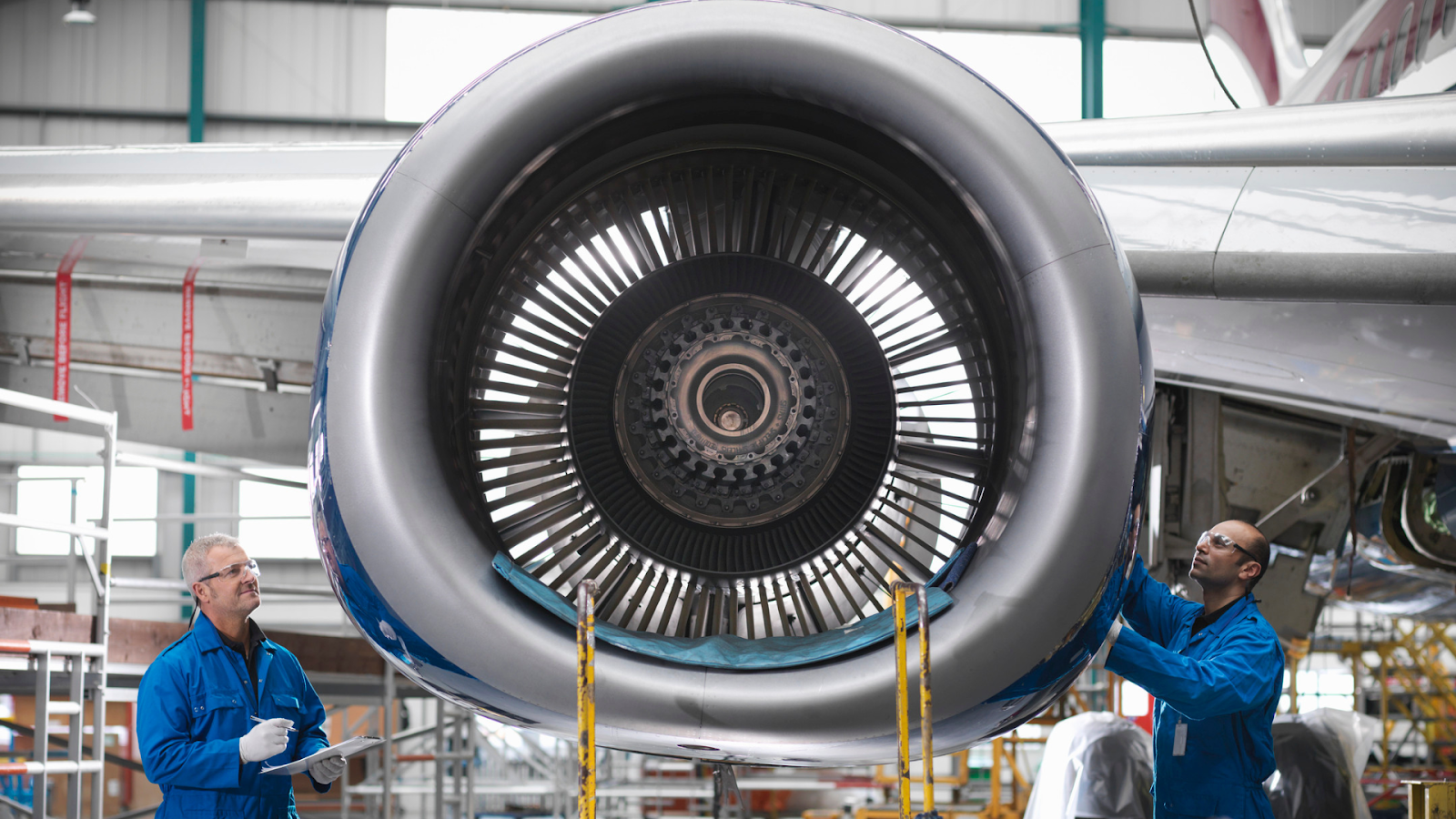
Advantages Of Nital Etch For Quality Finishes
Nital etching offers many advantages for companies prioritizing top-notch surface finishing. This section delves into why nital etch is a preferred choice:
High Precision And Accuracy
Nital etch stands out for its ability to reveal minute details in metal microstructures. This precision is crucial for industries where even the smallest defect can have significant consequences. By providing a clear and accurate depiction of the metal’s condition, nital etch ensures that only the highest quality components are used in critical applications.
Cost-Effectiveness
Compared to other inspection methods, nital etching is relatively cost-effective. It requires minimal equipment and materials, making it an accessible option even for smaller manufacturing units. This cost efficiency does not compromise the quality of the inspection, making nital etch a practical choice for regular quality control processes.
Versatility
The versatility of nital etch is evident in its applicability across various metals and alloys. This adaptability makes it valuable in different industries, from aerospace to automotive, where different materials are used. Its flexibility in adjusting the concentration of the etching solution allows for tailored applications based on specific material properties.
Speed And Efficiency
Nital etching is a relatively quick process, providing fast and reliable results. This speed is essential in production environments where time is a critical factor. Rapid inspection and analysis mean quicker turnaround times for manufacturing processes, enhancing overall productivity.
Non-Destructive Method
One of the most significant benefits of nital etch is its non-destructive nature. It doesn’t alter or damage the part inspected, which is crucial for preserving the integrity of critical components. This aspect makes it a preferred method for regular inspections and quality checks.
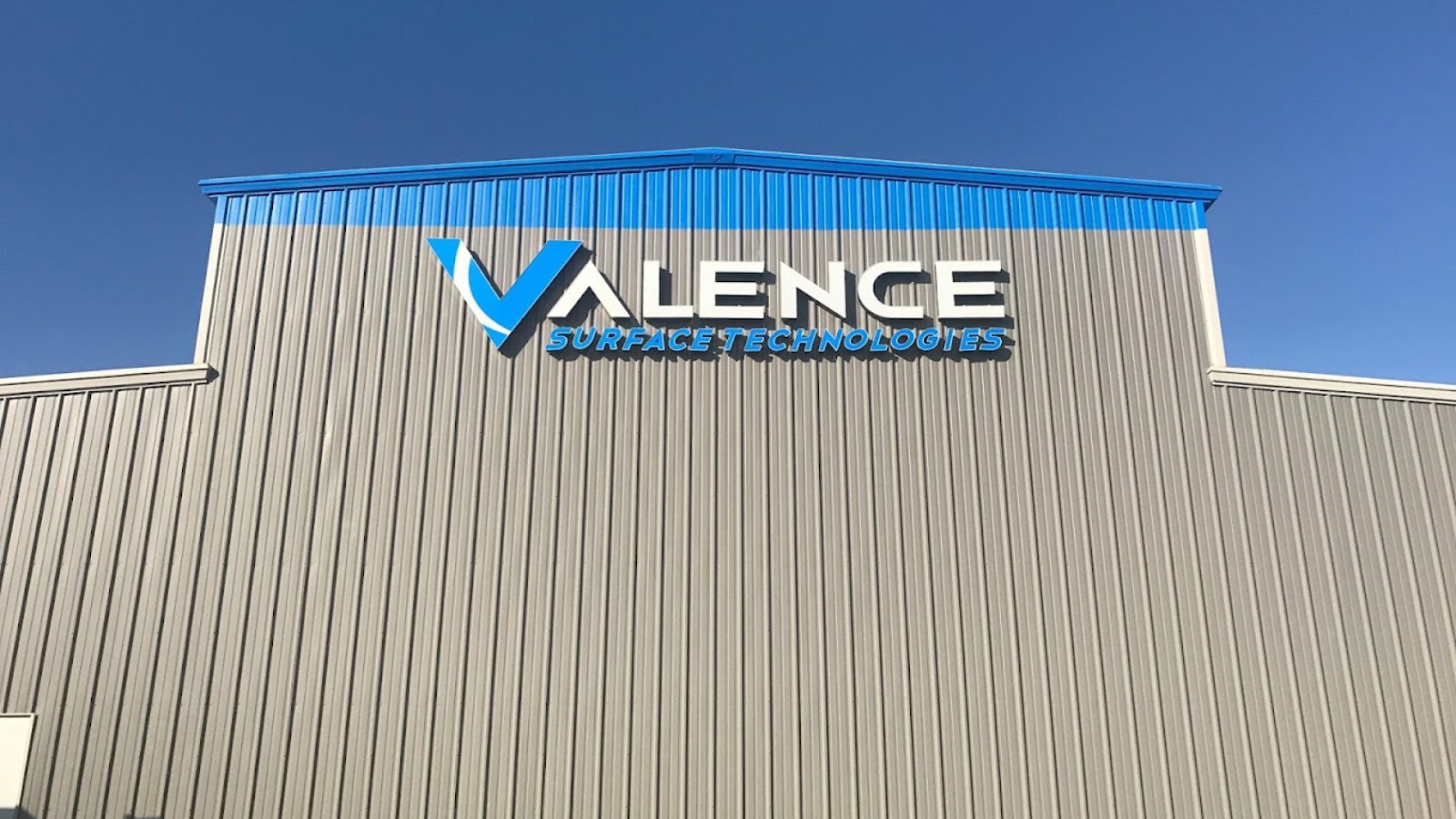
Nital Etching Applications Within Valence’s Services
Valence Surface Technologies leverages nital etch in a variety of applications to support the diverse needs of the aerospace and defense sectors.
Aircraft Engine Component Inspection
The nital etch process conducted by Valence Surface Technologies is instrumental in the meticulous examination of aircraft engine components. Given the essential role these parts play, our team provides a detailed and thorough inspection. This rigorous scrutiny enables us to ensure that every component can sustain high-performance demands without faltering.
Surface Integrity Analysis
Valence’s adoption of nital etch for surface integrity analysis reflects its importance in verifying metal component durability. By intricately inspecting and certifying the structural soundness of critical parts, we offer assurance that extends to the overall longevity and reliability of the aircraft. This analysis is particularly vital for parts that shoulder high degrees of stress and must withstand the challenges of operational fatigue.
Weld Verification
The integrity of welds is paramount in aerospace constructions, and Valence’s application of nital etch is indispensable in weld examination. The detailed process not only detects any flaws but also ensures that every weld meets the stringent standards of aerospace engineering, reinforcing the structural integrity of the completed product.
Supply Chain Consistency
Valence’s widespread use of nital etch in its facilities reflects our unwavering commitment to consistency and quality. This uniformity in quality control strengthens our clients’ trust, as they rely on the consistent integrity of the parts we inspect and treat.
Frequently Asked Questions
Can nital etch be used on all types of metals?
Nital etch is for ferrous metals such as steel and cast iron. It’s not suitable for non-ferrous metals, which require different etching solutions.
How is the nital etch solution prepared?
The nital etch solution is usually prepared by mixing concentrated nitric acid with ethanol in varying proportions, depending on the specific requirements of the inspection process.
What kinds of defects can nital etch detect?
Nital etch can detect a range of defects, including surface cracks, laps, seams, and inherent material flaws like grain boundary separations.
How long does the nital etch process take?
The duration of the nital etch process can vary, but the etching reaction typically only takes a few seconds to a minute, followed by thorough washing and examination.
What safety precautions are necessary when performing nital etch?
Safety precautions include wearing protective equipment such as goggles, gloves, and aprons, working in a well-ventilated area, and having proper training in handling acids.
Can nital etch be automated?
While manual application is common, automation of the nital etch process is possible and can enhance consistency and efficiency, particularly in high-volume testing environments.
Is nital etch environmentally friendly?
As with any process involving chemicals, proper disposal and neutralization are essential to minimize environmental impact. When managed correctly, nital etch can be environmentally responsible.
How precise is the nital etch process?
Nital etch is highly precise and capable of revealing extremely fine details in metal grain structures that are crucial for assessing the quality of a component.
How does temperature affect the nital etch process?
Temperature can influence the reaction rate. Typically, a controlled room temperature is ideal to maintain consistency in the etching process.
Are there alternatives to nital etch for non-ferrous metals?
Yes, other etchants and inspection methods are available for non-ferrous metals, including various acid mixtures and non-destructive testing techniques like ultrasonic testing.
Chemical Processing Services
Anodizing
Type I Anodize
- Boric Anodize – Boric-Sulfuric Acid Anodize (BSAA) is an alternative to chromic acid anodize (CAA), that builds a thin-film anodic coating and provides corrosion protection and a mechanical bond. This is a
non –chromated , environmentally friendly solution. - Tartaric Anodize – Tartaric-Sulfuric Anodize (TSA) is an alternative to chromic acid anodize (CAA), that builds a thin-film anodic coating and provides corrosion protection and a mechanical bond. This is a
non –chromated , environmentally friendly solution – typically specified in Airbus programs like the A350. - Chromic Anodize – Chromic Acid Anodize (CAA) creates the thinnest anodic
coating, while providing the same corrosion resistance as other types of anodization, such as boric or sulfuric.
Type II Anodize
- Sulfuric Anodize – Sulfuric Acid Anodize (SAA) is used when hardness and abrasion resistance is required on a
part, and creates a surface that is harder than traditional chromic anodizing.
Type III Anodize
- Hardcoat
Anodize – Hardcoat anodize is created is a sulfuric acid bath, but results in a much thicker surface anode coating than traditional sulfuric acid anodizing.
Phosphoric Anodize
- Phosphoric Acid Anodize (PAA) is most commonly used in bonding applications, as it provides a superior porous surface for bonding to composites.
Chemical Film or Chem-Film
- Chemical film or chem-film is also known as conversion coating.
Nital Etch
- Nital etch is a solution of nitric acid and alcohol, used to etch metals.
Passivate
- Passivation is the process of creating an outer shield material for a part that helps inhibit future corrosion.
Phosphate Fluoride
- Phosphate fluoride coating is used to inhibit corrosion, improve paint adhesion and to reduce damage in metal to metal contact applications.
Aluminum Etch
- Aluminum etch is a process by which a thin layer of the surface is removed, prior to penetrant inspection, typically in caustic or alkaline baths or solutions. This enhances the identification of surface defects, prior to further processing.
Titanium Etch
- Titanium is often etched prior to penetrant inspection using a variety of different acids, commonly hydrofluoric and or nitric acid.
Zinc Phosphate
- Zinc Phosphate is a conversion coating for steel and aluminum, comprised of phosphate salts and phosphoric acid.
Type I Anodize
- Boric Anodize – Boric-Sulfuric Acid Anodize (BSAA) is an alternative to chromic acid anodize (CAA), that builds a thin-film anodic coating and provides corrosion protection and a mechanical bond. This is a non-chromated, environmentally friendly solution.
- Tartaric Anodize – Tartaric-Sulfuric Anodize (TSA) is an alternative to chromic acid anodize (CAA), that builds a thin-film anodic coating and provides corrosion protection and a mechanical bond. This is a non-chromated, environmentally friendly solution – typically specified in Airbus programs like the A350.
- Chromic Anodize – Chromic Acid Anodize (CAA) creates the thinnest anodic coating, while providing the same corrosion resistance as other types of anodization, such as boric or sulfuric.
Type II Anodize
- Sulfuric Anodize – Sulfuric Acid Anodize (SAA) is used when hardness and abrasion resistance is required on a part, and creates a surface that is harder than traditional chromic anodizing.
Type III Anodize
- Hardcoat Anodize – Hardcoat anodize is created is a sulfuric acid bath, but results in a much thicker surface anode coating than traditional sulfuric acid anodizing.
Other
- Phosphoric Anodize – Phosphoric Acid Anodize (PAA) is most commonly used in bonding applications, as it provides a superior porous surface for bonding to composites.
- Chemical Film or Chem-Film – Chemical film or chem-film is also known as conversion coating.
- Nital Etch – Nital etch is a solution of nitric acid and alcohol, used to etch metals.
- Passivate – Passivation is the process of creating an outer shield material for a part that helps inhibit future corrosion.
- Phosphate Fluoride – Phosphate fluoride coating is used to inhibit corrosion, improve paint adhesion and to reduce damage in metal to metal contact applications.
- Aluminum Etch – Aluminum etch is a process by which a thin layer of the surface is removed, prior to penetrant inspection, typically in caustic or alkaline baths or solutions. This enhances the identification of surface defects, prior to further processing.
- Titanium Etch – Titanium is often etched prior to penetrant inspection using a variety of different acids, commonly hydrofluoric and or nitric acid.
- Zinc Phosphate – Zinc Phosphate is a conversion coating for steel and aluminum, comprised of phosphate salts and phosphoric acid.
Chemical Processing Tank Sizes – Aluminum
| Valence Eastman | L | Valence Wichita | L | Valence Grove | L | Valence Garden Grove | L | Valence Los Angeles | L | Valence Seattle | L | Valence Everett | L |
|---|---|---|---|---|---|---|---|---|---|---|---|---|---|
| Anodize - Boric Sulfuric | 19.5' | Anodize - Boric Sulfuric | 12' | Anodize - Boric Sulfuric | 24' | Aluminum Etch (Pickle) | 15' | Anodize - Boric Sulfuric | 27' | Anodize - Boric Sulfuric | 6' | Anodize - Boric Sulfuric | 30' |
| Anodize Phosphoric (PAA) | 8' | Anodize - Tartaric Sulfuric | 12' | Anodize - Type I Chromic | 24' | Anodize - Type II Sulfuric | 11' | Anodize - Tartaric Sulfuric | 27' | Anodize - Type II Sulfuric | 6' | Anodize - Type II Sulfuric | 12' |
| Anodize - Type I Chromic | 19.5' | Anodize - Type I Chromic | 12' | Anodize - Type II Sulfuric | 24' | Anodize - Type III Hard Coat | 11' | Anodize - Type I Chromic | 27' | Chemical Film - Type 1 (Bonderite 1200) | 6' | Anodize - Type III Hard Coat | 12' |
| Anodize - Type II Sulfuric | 19.5' | Anodize - Type II Sulfuric | 12' | Anodize - Type III Hard Coat | 24' | Chemical Film - Type 1 (Iridite 14-2) | 11' | Anodize - Type II Sulfuric | 27' | Chemical Film - Type 1 (Bonderite 600) | 6' | Chemical Film - Type 1 (Alodine 600) | 30' |
| Chemical Film - Type 1 (Chromicoat L25) | 20' | Anodize - Type III Hard Coat | 8' | Chemical Film - Type 1 (Alodine 1200S) | 24' | Chemical Film - Type 1 (Alodine 1500) | 10' | Anodize - Type III Hard Coat | 27' | ||||
| Chemical Film - Type 1 (Alodine 1132) | touch up pen | Chemical Film - Type 1 (Alodine 1600) | 12' | Chemical Film - Type 2 (Alodine 1500) | 8' | Chemical Film - Type 1 (Alodine 600) | 5.5' | Chemical Film - Type 1 (Alodine 1200S) | 27' | ||||
| Chemical Film - Type 2 (Chemeon TCPHF) | manual application | Chemical Film - Type 2 RoHS Compliant | 42' | Chemical Film - Type 1 (Alodine 1500) | 3' | ||||||||
| Chromate Treatment | 2' |
Chemical Processing Tank Sizes – Hard Metals
| Valence Eastman | L | Valence Wichita | L | Valence Grove | L | Valence Garden Grove | L | Valence Los Angeles | L | Valence Seattle | L | Valence Everett | L |
|---|---|---|---|---|---|---|---|---|---|---|---|---|---|
| Passivation Type I, II, III | 3' | Nital Etch | 4' | Inconel Etch | 3' | Passivation type ll | 6' | Passivation Type II | 6' | Passivate Type II | 6' | Passivation Type II | 12' |
| Passivation Type VI | 4' | Passivation | 4' | Passivation Type II, VI, VII, VIII | Call | Passivation type ll, Vl, Vll, Vlll | 2' | Passivation Type VI | 4' | Passivate Type VI | 6' | Passivation Type VI | 12 |
| Titanium Etch (Pickle) | 22' | Phosphate Fluoride | 10' | Phosphate Fluoride | 8' | Titanium Etch (Pickle) | 2' | Phosphate Fluoride | 10' | Phosphate Fluoride | 4' | ||
| Titanium Etch (Pickle) | 10' | Titanium Etch (Pickle) | 24' | Titanium Etch (Pickle) | 27' | Titanium Etch (Pickle) | 4' | ||||||
| Zinc Phosphate | 3' | Titanium Etch (Pickle) |
